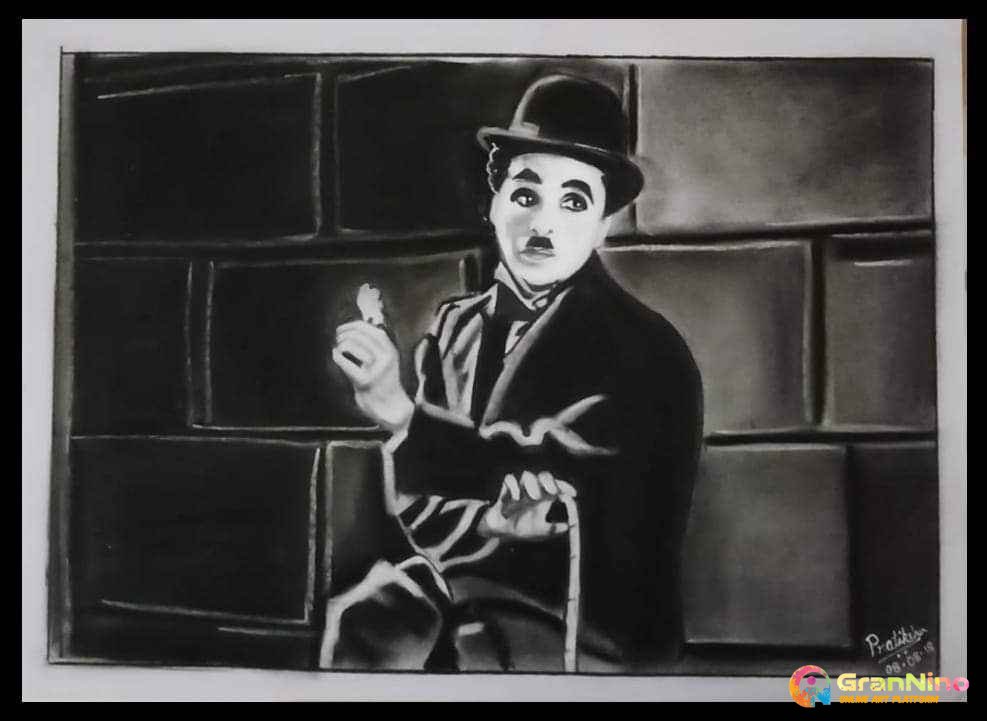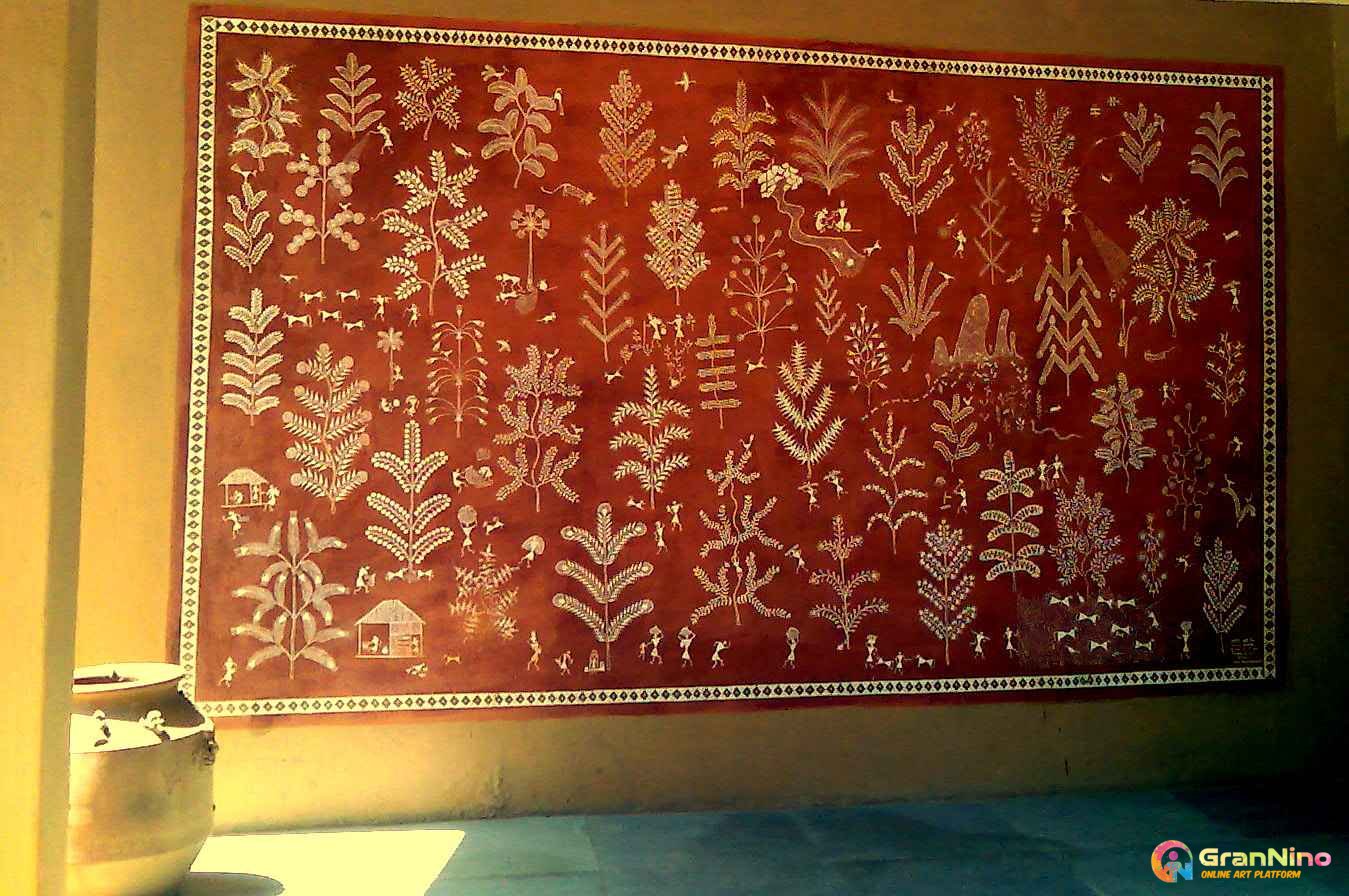Difference Between Oil vs Encaustic Paintings
Oil paint was invented long ago. Oil paints were first used in Asia as early as the 7th century AD. The oldest known oil paintings are Buddhist murals created almost at 650 AD. The paintings are created by walnut and poppy seed oils. The paintings are located in cave-like rooms carved from the cliffs of Bamiyan Valley of Afghanistan. Later it was used by most famous artists like Vincent Van Gogh, Leonardo da Vinci, Pablo Picasso.
On the other hand, Encaustic painting or hot wax painting, is also an oil based painting, but it is created by utilizing a heated encaustic media or hot wax to which colored pigments have been added.
In ancient Greek and Roman painting, encaustic painting was a popular technique. The word "encaustic" comes from the Greek word "enkaustikos," which meaning "to heat or burn." The Roman scholar Pliny the Elder explained the wax encaustic painting technique in his first-century book Natural History. The Egyptian Romano-Egyptian Fayum mummy portraits, painted between 100 - 300 AD, are the oldest Encaustic panel paintings still in existence. Jasper Johns, Pausias and Benjamin Calau are the name of some famous artists that uses the art medium for their artworks.
On the contrary, The most basic encaustic media can be made by blending colors with waxes like beeswax and damar resin, as well as other ingredients. Dried powdered pigments can be used for pigmentation, while some artists prefer to use colored wax, inks, oil paints, or other forms of pigmentation.
But, The encaustic paint has the consistency of translucent clay. When it's hot, it may be applied like liquid paint, but when it cools, it solidifies, allowing you to cut, carve, stamp, or even sculpt it, giving the painting a 3D effect. Because they are based on oil or wax, encaustic paint and its products are entirely waterproof. Despite being formed by melting on heat, it can withstand sunlight. Additionally, even if it is in the sun all day, it does not fade, although it is recommended to keep the painting in normal temperature.
In opposition, The Encaustic paint has the consistency of translucent clay. When it's hot, it may be applied like liquid paint, but when it cools, it solidifies, allowing you to cut, carve, stamp, or even sculpt it, giving the painting a 3D effect. Although Encaustic wax has many of the same characteristics as oil paint, it dries much faster, therefore the colors don't bleed into one another.
Although, Encaustic painting can be done on prepared wood, plaster, or canvas, just like oil painting. Actually, encaustic wax should be painted on a solid but porous surface that allows it to penetrate and make a stunning, solid foundation for a painting.
Oil colors used by professional artists are created and designed to resist chemical reactions from exposure to water, ultraviolet light and oxidization.
Instead, In the encaustic technique, hot wax is applied in layer to laminated wood panels to produce opaque or translucent results. Encaustic paintings has many advantages, but there are some disadvantages also. For example, the Encaustic painting needs a heat lamp or heat gun to fuse and bind the medium. Along this, Encaustic paintings should be kept strictly on normal temperature, should avoid direct sunlight, also routinely buffed the paintings within 6 - 12 months using soft lint free clothes like pantyhose.
Yet, The most of encaustic paintings are totally safe to use because they are formed of color pigments and wax as a binder. Additionally, the acrylic wax used in encaustic paint to bind the pigments makes it suitable for vegans. Beeswax, for example, is an animal-extracted wax, so it cannot be utilised in vegan products. So the wax used to hold the pigment together is a factor.
Article Details
Publish Date: 12/12/2021
Related Tags:
oil oil paint oil painting ideas oil for beginner oil painting ideas encaustic painting grahite color encaustic painting ideas encaustic for beginner
Advertise Here Contact us

SUBSCRIBE TO OUR NEWSLETTER
Most Asked Questions:
- Q. How history is influenced by Oil Painting ?
- Answer: Oil painting is the most preferred painting style and practiced by most artists around the world. Oil paint was invented long ago. Oil paints were fi....Read More
- Q. What is used to make Oil Painting?
- Answer: The oil paint is made by mixing color pigments with drying oils like poppy seed oil, walnut oil, linseed oil, safflower oil etc. The viscosity of the ...Read More
- Q. How is the popularity of Oil Painting among Artists ?
- Answer: Oil paint allows the artist to achieve a broad range of opacity and intensity in their work. It lets you to layer multiple colours and blend them toge...Learn More
- Q. Explain the difference between Oil Painting and Spray Painting ?
- Answer: Spray painting is a fast drying oil based painting technique to spray coating material suc......, On the other hand, Oil painting is the most preferred paint.... Know More
- Q. Where can I buy Oil Painting (on Canvas) without commission?
- Answer: If you are looking for best Oil Painting for commission free purchase, you can check here.
- Q. How to sell Oil Painting online?
- Answer: If you are looking for best place to exhibit and selling Oil Painting , you can try GranNino. GranNino provides free art exhibition and commission free art selling.




















